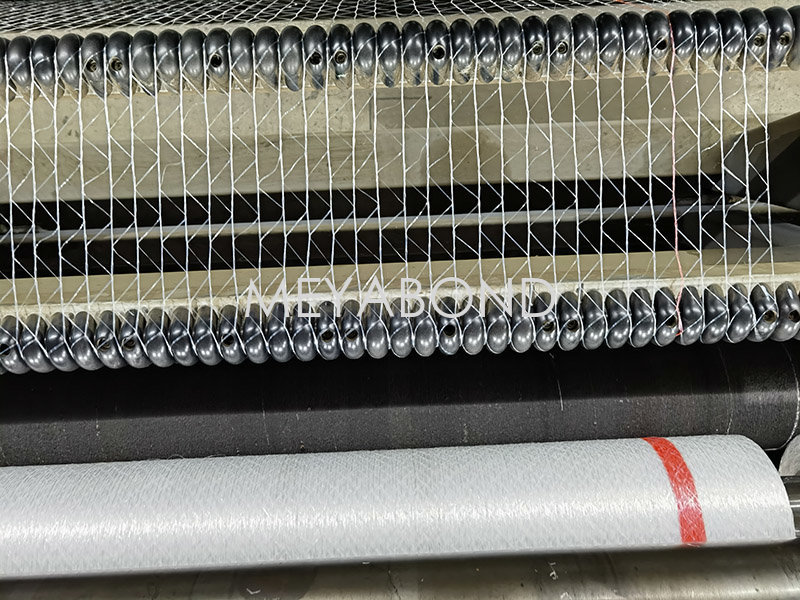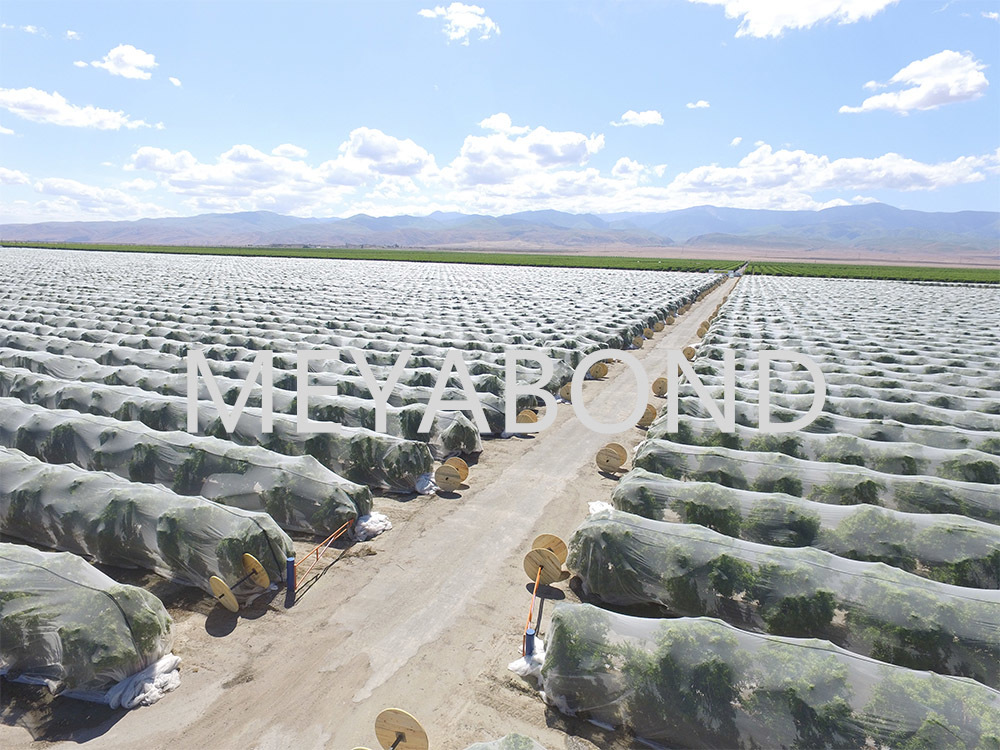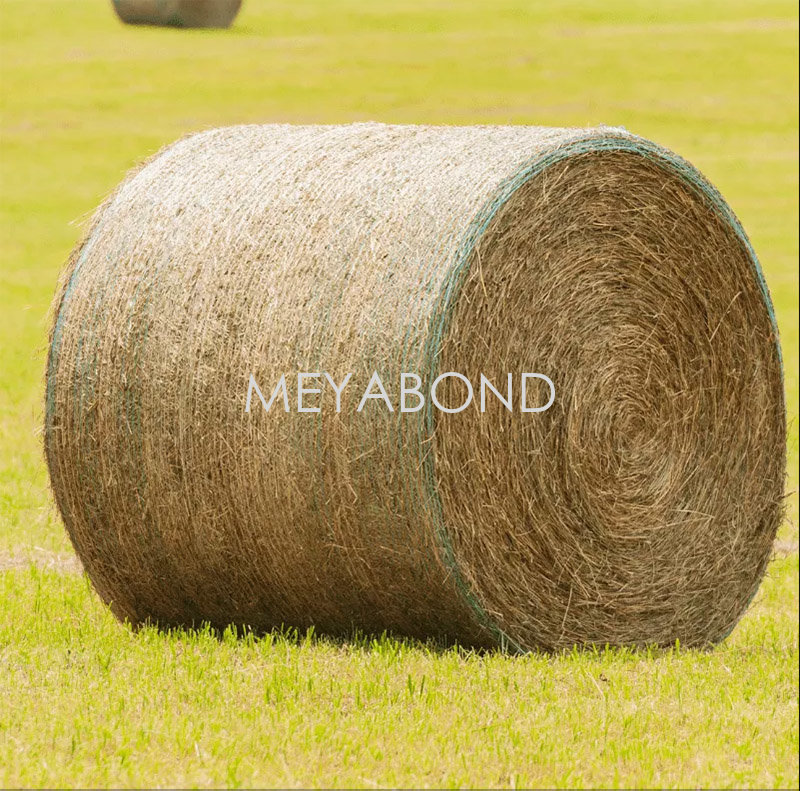Why Bee Netting is Essential for Crop Protection: A Comprehensive Guide
Why Bee Netting is Essential for Crop Protection
In the realm of modern agriculture, the balance between **crop protection** and fostering a healthy ecosystem is paramount. One innovative solution that stands out is **bee netting**. This protective measure not only keeps pests at bay but also enhances the effectiveness of pollinators. In this article, we will explore the multifaceted advantages of bee netting, its installation process, and its role in sustainable farming practices.
Table of Contents
- Understanding Bee Netting
- Benefits of Bee Netting for Crop Protection
- Installation Guide for Bee Netting
- Types of Bee Netting Available
- Bee Netting vs. Other Crop Protection Methods
- Sustainable Agriculture and Pollination
- Common Questions About Bee Netting
- Conclusion
Understanding Bee Netting
Bee netting, also known as pollinator netting or crop protection mesh, is a specialized fabric designed to prevent harmful insects from accessing crops while allowing beneficial insects, like bees, to pollinate them freely. This dual functionality makes bee netting an essential tool in contemporary agricultural practices.
Bee netting typically consists of finely woven mesh materials that are lightweight yet durable. They come in various mesh sizes, allowing farmers to choose the appropriate type based on the pests they wish to exclude and the crops they intend to protect. Understanding this product's role and composition is crucial for effective agricultural planning.
Benefits of Bee Netting for Crop Protection
When it comes to protecting crops, beekeeping netting offers a plethora of benefits that contribute to both yield and sustainability. Here are some key advantages:
1. Pest Control Without Chemicals
One of the most significant benefits of bee netting is its ability to provide pest control without the need for chemical pesticides. By physically blocking harmful insects like aphids, caterpillars, and beetles, bee netting helps farmers reduce their reliance on potentially harmful chemicals. This not only benefits the crops but also promotes a healthier environment.
2. Enhanced Pollination
Bee netting allows bees and other pollinators to access crops while keeping pests out. This means that plants can receive essential pollination services without the risk of damage from harmful insects. Enhanced pollination directly correlates with improved fruit set and yield.
3. Protection from Birds and Wildlife
In addition to pest insects, bee netting can protect crops from birds and other wildlife that can cause damage. By creating a barrier, farmers can ensure that their crops are safe from foraging animals, leading to higher yields and better quality produce.
4. Versatility Across Crops
Bee netting is suitable for a wide range of crops, from fruits and vegetables to flowers and herbs. This versatility makes it a valuable tool in diverse agricultural settings, allowing for tailored crop protection strategies regardless of the type of produce.
5. Improved Airflow and Light Penetration
Unlike plastic covers or other protective measures, bee netting allows for excellent airflow and light penetration. This is crucial for maintaining healthy plant growth, as it ensures that crops receive adequate sunlight and air circulation, reducing the risk of disease.
Installation Guide for Bee Netting
Installing bee netting can be straightforward if approached systematically. Here is a step-by-step guide to ensure effective installation:
Step 1: Assess Your Needs
Before purchasing bee netting, assess your crops and the specific pests you wish to protect against. This will help you determine the appropriate mesh size and netting type.
Step 2: Prepare the Area
Clean the area where the netting will be installed. Remove any debris or obstacles that may hinder the installation process. This will also help prevent any unwanted pests from hiding near your crops.
Step 3: Measure and Cut the Netting
Measure the dimensions of the area to be covered and cut the bee netting accordingly. It's advisable to leave some extra material to secure the edges effectively.
Step 4: Secure the Netting
Using stakes, wires, or hoops, secure the bee netting over your crops. Ensure there are no gaps that would allow pests to enter. If using stakes, space them evenly to provide adequate support for the netting.
Step 5: Monitor and Maintain
Regularly check the netting for tears or holes and repair them promptly to maintain its effectiveness. During the growing season, monitoring your crops will help you identify any potential issues early on.
Types of Bee Netting Available
Various types of bee netting are available on the market, each catering to specific needs. Here are some common types:
1. Fine Mesh Netting
Fine mesh netting is designed to block even the smallest pests while allowing bees to pass through. This type is ideal for delicate crops that require close protection.
2. Coarse Mesh Netting
Coarse mesh netting offers protection against larger pests, such as birds and some insects. While it may allow smaller pests to enter, it is often more durable and suited for general crop protection.
3. UV-Resistant Netting
UV-resistant bee netting is treated to withstand sunlight exposure, ensuring longevity. This type is especially beneficial for long-term installations in sunny climates.
Bee Netting vs. Other Crop Protection Methods
Comparing bee netting to other crop protection methods highlights its unique advantages.
1. Bee Netting vs. Chemical Pesticides
While chemical pesticides can be effective, they often come with environmental and health risks. Bee netting provides a safer alternative, promoting a balanced ecosystem without harming beneficial insects.
2. Bee Netting vs. Insect Traps
Insect traps can help control pest populations but require ongoing maintenance and monitoring. Bee netting offers a more passive solution, providing continuous protection without frequent intervention.
3. Bee Netting vs. Plastic Covers
Plastic covers may provide effective shelter but can inhibit airflow and light penetration. Bee netting allows for better environmental conditions for crops while still offering protection.
Sustainable Agriculture and Pollination
In the context of sustainable agriculture, bee netting plays a critical role. By enhancing pollination and protecting crops naturally, farmers can increase their yields without compromising the health of the environment. This aligns with the principles of sustainable farming, where the goal is not only to produce food but to do so in a way that preserves resources and promotes biodiversity.
Moreover, the use of bee netting supports the health of bee populations, which are essential for the pollination of many crops. By providing a safe environment for these vital insects, farmers contribute to the broader ecosystem and help ensure food security for future generations.
Common Questions About Bee Netting
1. Can bee netting protect against all pests?
While bee netting is effective against many pests, it may not block larger insects completely. It's essential to assess the specific needs of your crops and pests when choosing netting.
2. How long does bee netting last?
The lifespan of bee netting depends on the material quality and environmental factors. High-quality UV-resistant netting can last several growing seasons with proper care.
3. Is bee netting reusable?
Yes, bee netting can be reused multiple seasons if properly maintained. Ensure to clean and store it correctly after each use.
4. Does bee netting affect plant growth?
No, bee netting does not hinder plant growth. In fact, it allows for adequate light and airflow, promoting healthier plants.
5. Can I install bee netting myself?
Yes, with the proper tools and materials, bee netting can be installed by farmers themselves. Following a systematic approach will lead to a successful setup.
Conclusion
Bee netting is a critical component in the toolbox of sustainable agriculture, effectively protecting crops from harmful pests while allowing for the necessary pollination by bees. Its diverse applications, ease of installation, and environmental benefits make it a top choice for farmers looking to enhance their crop yields without resorting to chemicals. By incorporating bee netting into agricultural practices, farmers can ensure a healthier ecosystem, promote biodiversity, and contribute to a sustainable future for food production.
Incorporating bee netting not only safeguards your crops but also supports the essential role of pollinators in our agricultural systems, creating a win-win situation for farmers and the environment alike.
Key words:
Related News
CONTACT US
Email: sales8@meyabond.com
Tel: +8618911966213
No.3 Yard, ZhongHe Road, 100071,FengTai District, Beijing, China
Email: sales6@meyabond.com
Tel: +8618911963856
No.3 Yard, ZhongHe Road, 100071,FengTai District, Beijing, China
















